
Filter News
Area of Research
- (-) Fuel Cycle Science and Technology (1)
- (-) Neutron Science (11)
- (-) Quantum information Science (4)
- Advanced Manufacturing (4)
- Biology and Environment (21)
- Building Technologies (1)
- Computational Engineering (3)
- Computer Science (13)
- Electricity and Smart Grid (1)
- Energy Science (55)
- Fusion and Fission (11)
- Fusion Energy (9)
- Isotope Development and Production (1)
- Isotopes (2)
- Materials (19)
- Materials for Computing (3)
- Mathematics (1)
- National Security (19)
- Nuclear Science and Technology (18)
- Nuclear Systems Modeling, Simulation and Validation (2)
- Sensors and Controls (2)
- Supercomputing (58)
News Topics
- (-) Artificial Intelligence (2)
- (-) Biotechnology (1)
- (-) Computer Science (10)
- (-) Grid (1)
- (-) Nuclear Energy (3)
- (-) Security (1)
- 3-D Printing/Advanced Manufacturing (3)
- Big Data (1)
- Bioenergy (4)
- Biology (4)
- Biomedical (6)
- Chemical Sciences (1)
- Composites (1)
- Coronavirus (5)
- Cybersecurity (3)
- Energy Storage (4)
- Environment (4)
- Frontier (1)
- Fusion (1)
- High-Performance Computing (1)
- Materials (9)
- Materials Science (16)
- Microscopy (2)
- Nanotechnology (7)
- National Security (1)
- Neutron Science (63)
- Physics (9)
- Quantum Science (9)
- Space Exploration (2)
- Summit (4)
- Transportation (3)
Media Contacts

Oak Ridge National Laboratory researchers working on neutron imaging capabilities for nuclear materials have developed a process for seeing the inside of uranium particles – without cutting them open.
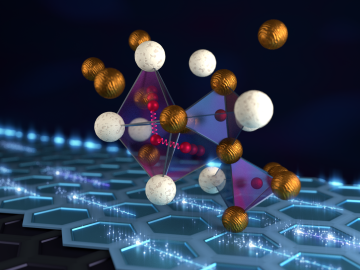
An international team of researchers has discovered the hydrogen atoms in a metal hydride material are much more tightly spaced than had been predicted for decades — a feature that could possibly facilitate superconductivity at or near room temperature and pressure.
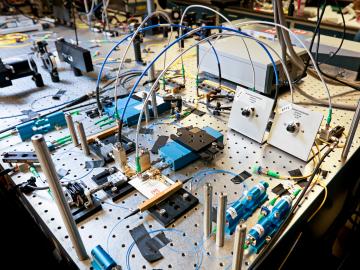
Three researchers at Oak Ridge National Laboratory will lead or participate in collaborative research projects aimed at harnessing the power of quantum mechanics to advance a range of technologies including computing, fiber optics and network
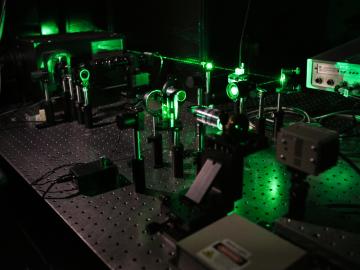
Scientists at Oak Ridge National Laboratory studying quantum communications have discovered a more practical way to share secret messages among three parties, which could ultimately lead to better cybersecurity for the electric grid
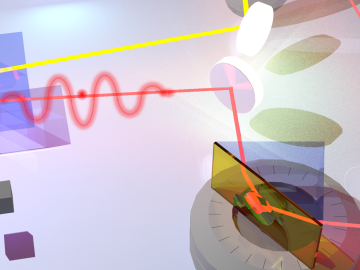
Oak Ridge National Laboratory physicists studying quantum sensing, which could impact a wide range of potential applications from airport security scanning to gravitational wave measurements, have outlined in ACS Photonics the dramatic advances in the field.
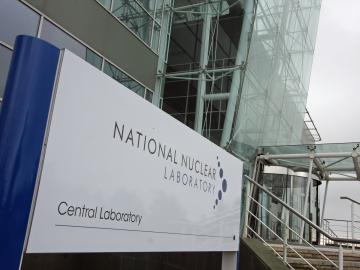
The United Kingdom’s National Nuclear Laboratory and the U.S. Department of Energy’s Oak Ridge National Laboratory have agreed to cooperate on a wide range of nuclear energy research and development efforts that leverage both organizations’ unique expertise and capabilities.


